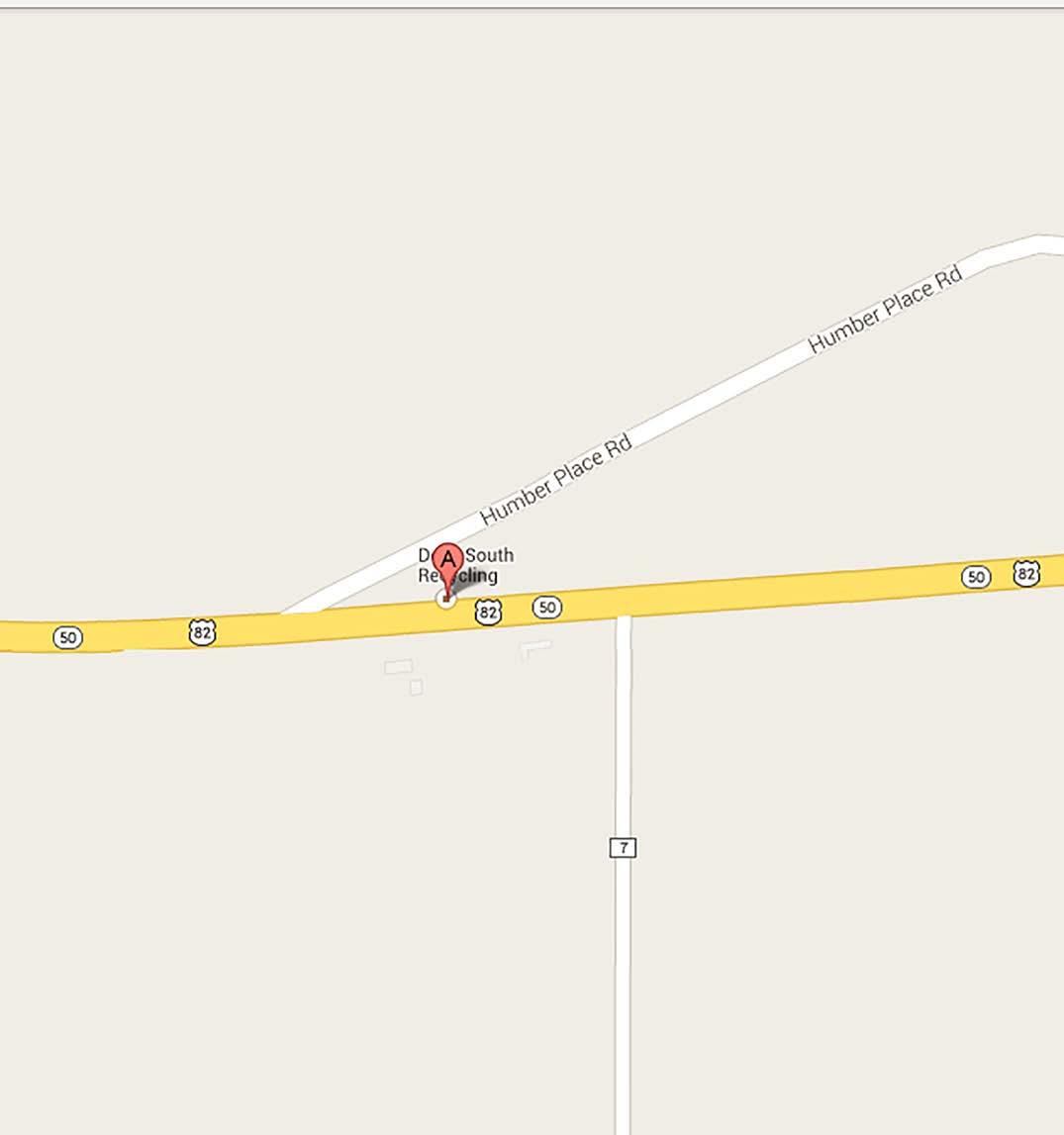
6 minute read
Leadership Personalities

RuralLeaderMagazine.com 31 Leadership Personalities: Laid Back, Hesitant or Avoider? Jack was a boss who loved to let his leadership team tussle with issues and come to him when they had solved the problem. Often this worked. However when the team came to a stand still, when they had heels dug in and no solutions in site they would ask for his input.
This is when there were way too many frustrations. It was the biggest paradox at work. They loved it when he left them alone and hated it when they asked for his help and he would shrug and say ," You take care of it. That's what I'm hiring you for."
The question became, "And what is Jack being paid to do?" His champions would say , "That's just the way he is, real laid back and willing to wait for solutions. It's a good thing."
Others would judge and notice that he was hesitant to state his position. They said he would cough and do the old hem and haw waiting for someone else to jump in and come up with the answers. "He's afraid to commit," they said and no wonder, Jack was in his early 50's with a long term live in girlfriend and always said he saw no reason for marriage. And then there were those who brushed him off as an avoider, the I gotta go guy who would always have an excuse, a forgotten appointment, that would get him out of any meeting where the tension was building. He hates conflict, can't handle a dispute, "what a wimp." was the comment. The big question was always "What is he thinking?" The next question was, "How did he get to be the boss?" The final question was, "How long will he last?"
Fast forward one year. Jack was still the boss. Sadly, most of his team had either requested (translate that begged) to be positioned elsewhere in the organization, and many others had gone to greener pastures in other organizations.
Sales were sagging even though the economy in their industry was strong. Jack was having pretty sour meetings with his boss and yet, every time the going got rough he managed to squirrel himself away from the danger zone. Until, it all collapsed. His long term girlfriend tired of the hesitation moved out; got her a guy who would commit and was getting married. His 360 survey was awful. He had a choice. Get some Sylvia Lafair


32 RuralLeaderMagazine.com coaching or his tenure would be short lived.
Jack went to coaching reluctantly. He also joined a leadership development program that spent time looking at how home and work connected. Here is where he had an uncomfortable yet eye opening revelation. His laid back manner was a front for the fear he had about being told he was wrong, of getting yelled at the way he had gotten talked, no screamed at as a kid. The coaching and leadership program were his first journey into self awareness. Initially he was defensive, yet as time went on he began to see that the super cool, "let them figure it out themselves" was the shield he carried with him to not be in the line of fire.
The good news was when he put some skin in the game of forging his own life he was able to turn his avoider self into its healthy opposite, the initiator. Once he learned to stay in the fray, ask questions and even when necessary, disagree, the world did not come to an end. In fact all the specific skills that got him to the boss position paid off.
Jack learned that technical and sales skills don't keep a boss in a leadership position for very long. The people part, emotional intelligence, pattern awareness, and a willingness to look at your own behavior rather than running from it, are what keep key players in the game. Best part, he found himself a partner, a woman with three children, he married her and created an instant family. Life can get better when you stop running from your fears.— T he rural terrains of our plentiful nation can provide the lasting foundations for local community development as well as regional economic growth. The rural environment often overflows with an abundance of both natural and renewable resources that are able to attract industries, sustain economies, and bring communities together all at the same time.
Today’s rural leader is challenged to cultivate innovation and creativity within a community by leveraging his or her own applicable experiences to improve the community’s operation and have an increased impact on specific and targeted issues of public or social change. Rural leaders are now even expected to be highly educated on the evolving regulatory environment of rural business operations and experienced enough to understand and navigate the often cumbersome political terrain. Many rural leaders of today are earning graduate degrees and other professional certifications that expand their abilities to perform critical thinking and recognize the needs of The Role of Rural Leadership by Trimel Holloway communities.
The role of leadership in rural communities has recently been transformed significantly beyond the traditional image of a bullhorn glued to executive orders and wedged in between stuffy chauvinistic policy. Meaning that today’s rural leader is now challenged to mitigate or “fix” problematic issues of earlier approaches as they arise to challenge the present community. In the context of a social change agent or community benefactor, the rural leader must be able to usefully present practical tools and information to the people of rural communities and stakeholders that should be implemented locally.
At the same time the community has to be able to accept its own position in its improvement and be responsible for certain actions that are recommended as a best practice or improved outcome strategy. A doctor can prescribe medication to treat symptoms of a diagnosis but the patient becomes informed of and is accountable for lifestyle changes like diet, exercise, and reducing levels of stress.
Involving the community in the participatory process of its own reflect the more modernized philosophies of leadership. A similarity in many modern models of leadership highlights an overall idea that is to not implement changes for a community but instead, implementing agreed upon changes as solutions alongside or with a community. Rural leaders must frequently plan strategies around this type of scenario with members of their governing body or board of directors. Over time it may become necessary to introduce changes in responsibilities among board members and executive leadership. This is because the roles of informing the community of the greater good will sometimes require specific public relations that may at times only be attainable through influential board member positions.
It often takes a great deal of savvy and sway to convince citizens of a public to accept in many communities what can be commonly described as unpopular and disadvantageous positions. (Continued on page 34)










